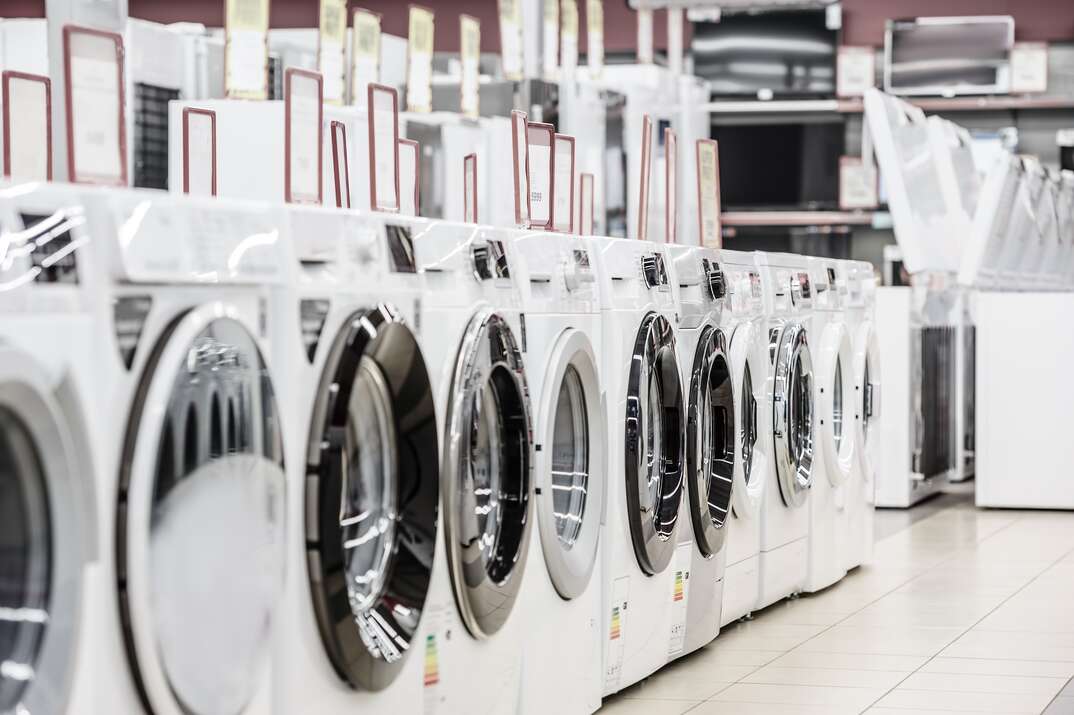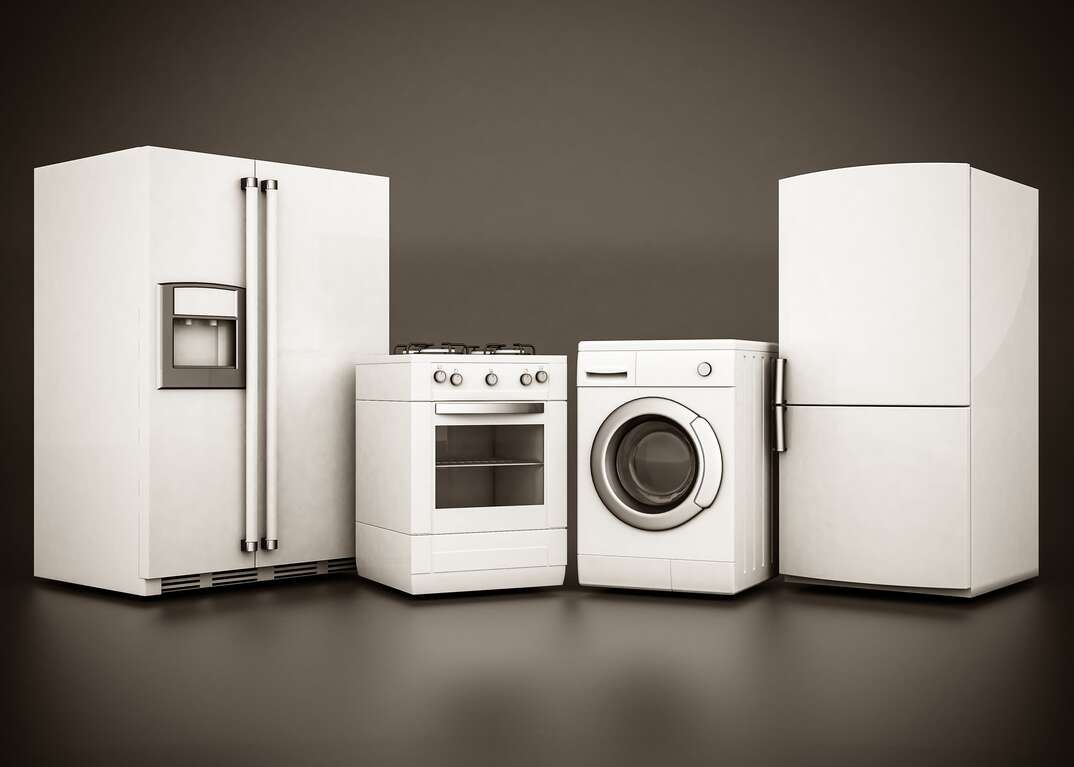French Door Vs. Side-by-Side Refrigerators — What's the Difference?
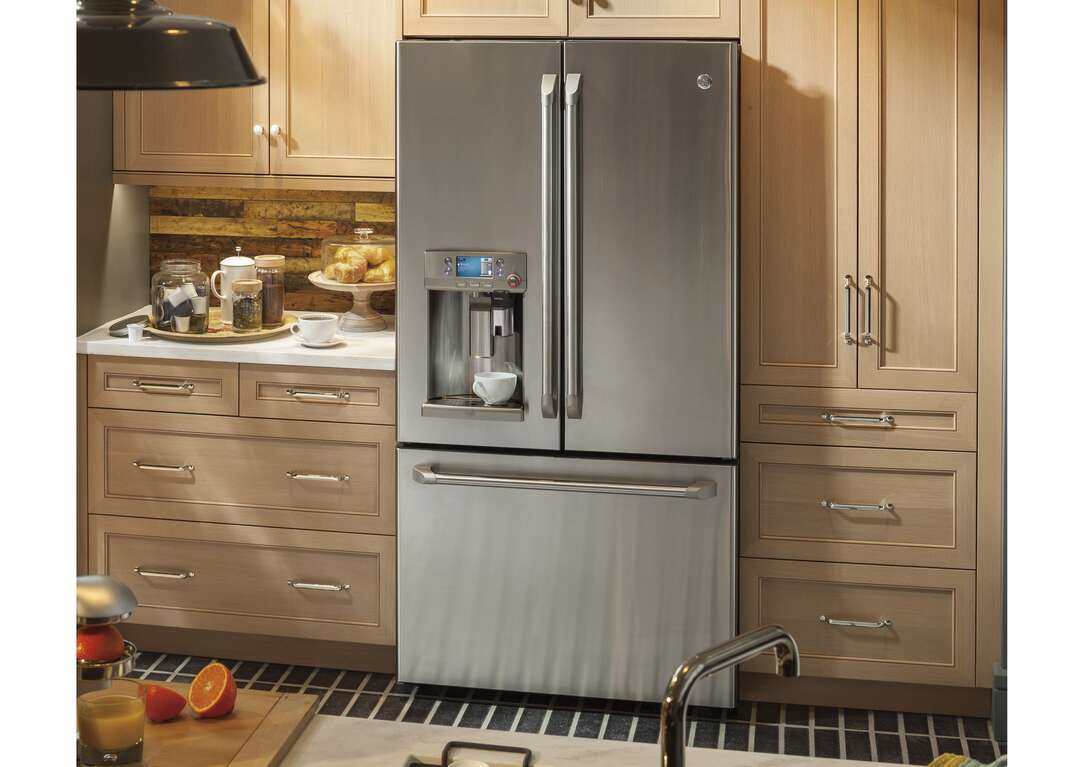
Manufacturer image
When buying kitchen appliances, there’s no shortage of options to choose from. This especially rings true for the mighty refrigerator. In addition to selecting your preferred finish and trusted brand name, you’ll also need to decide whether you prefer standard or counter-depth and if you’d like your fridge equipped with smart capabilities. Then there’s the door placement dilemma.
This May Also Interest You: Will the Fridge Fit? How to Measure a Refrigerator
For decades, two main door options ruled the refrigerator market: the traditional freezer-on-top, fridge-on-bottom layout and the side-by-side setup. But these two old standbys have some new competition as of late: The French door refrigerator.
What's a French Door Fridge?
A French door refrigerator, in the most basic terms, is a fridge with the refrigeration compartment above and the freezer area below. But exactly what does a French door refrigerator look like? It’s structured like its namesake, with two side-by-side doors opening to access the refrigerated portion on top. A smaller freezer section is housed in a pull-out drawer compartment below. This two-door fridge style offers ample refrigeration storage space with wide, adjustable shelving and eye-level access to your fresh foods and cold drinks. These details make a French door refrigerator very appealing to shoppers hoping to score some extra fridge space to house bulkier items like jugs of juice and larger produce that might be a tight squeeze in other slimmer fridge spaces.
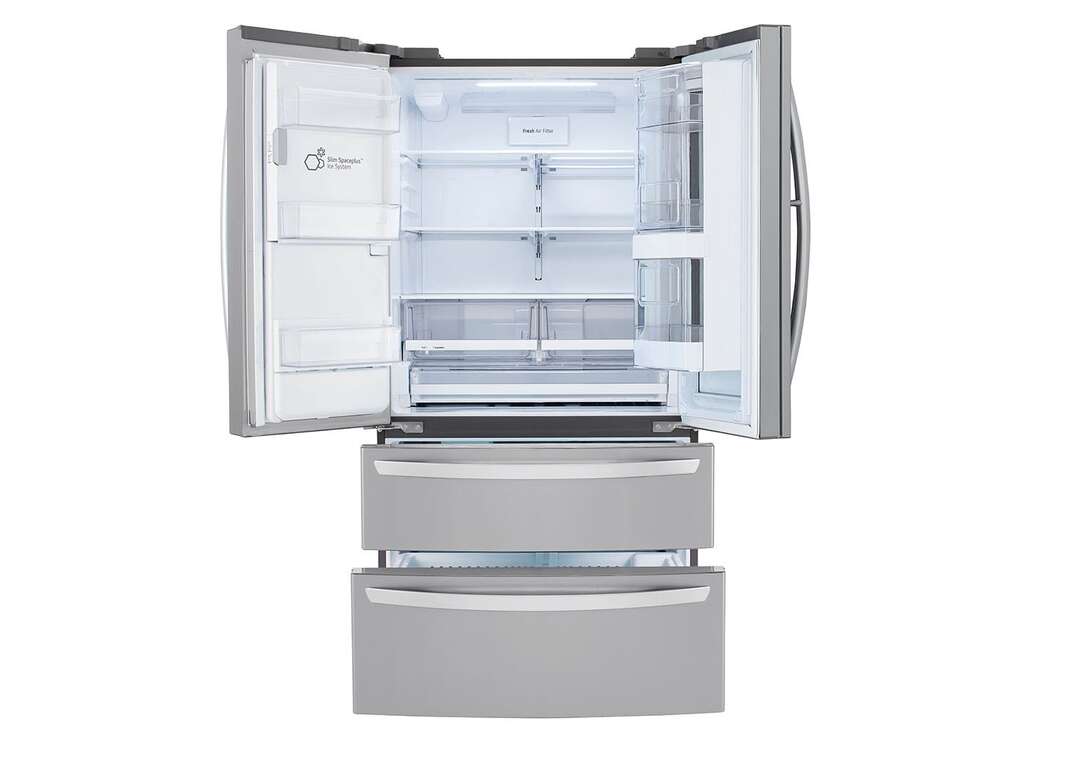
Manufacturer image
What's a Side-by-Side Fridge?
A side-by-side model, on the other hand, is exactly as it sounds: a unit with double doors split down the middle, with one side housing the freezer space and the other housing the refrigerated area. This layout offers equal space to both fridge and freezer, which can be nice for those who like to store lots of frozen food for, say, meal planning and smoothie making, and are okay with having slimmer shelves on both sides. That said, side-by-side refrigerators aren’t great for wider items. You’d have a tough time storing an extra-large pizza or sheet cake on either side of one.
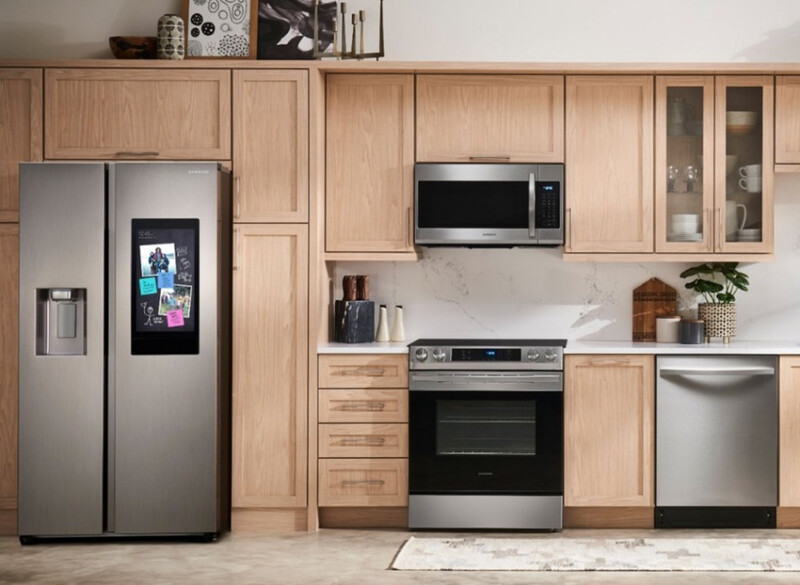
What’s the Difference?
The primary difference between a French door refrigerator and a side-by-side one is the layout — a.k.a., the way you access your food items. With a French door fridge, you can open both doors at once and have easy access to all your refrigerated items. You will have to bend down a bit to reach those freezer goods, though, and there may be a bit less space in the bottom freezer drawer than you’re used to with other freezer styles.
Most of the pull-out drawer freezers used in French door models rely on a bin system for organizing instead of shelves. This sometimes requires some sifting through, which may irk the uber-organized types who are used to seeing perfectly stacked and sorted freezer shelves.
For many people, though, this is more than a fair price to pay for all those fridge perks — and for no longer having to worry about sending heavy freezer items into a dangerous freefall from above. (Shout out to all the butterfingered folks who’ve dropped a frozen turkey on their toe on Thanksgiving.) It’s also important to note that some French door models feature a two-drawer freezer system, which helps keep your freezer goods sorted, making organizing easier for all the Type-A folks out there.
More Related Articles:
- How Much Does a Fridge Cost?
- How Much Does an LG Smart Fridge Cost?
- LG Smart Refrigerators: Smart Features and How They Work
- How Much Do Samsung Smart Refrigerators Cost
- Samsung Smart Refrigerators: Smart Features and How They Work
Storage Pros and Cons
In a storage contest, which model wins depends on what sort of space you value most. That said, here’s a rundown of the key pros and cons of each.
A major perk of a French door refrigerator is that its double-door fridge system offers convenient, open access to your most often used items at eye level. These fridges have ample refrigeration room, with large shelves and roomy door bins, thus maximizing storage. Additionally, most are stylish, top-of-the-line models with premium cooling systems. However, keep in mind that the bin-style freezer space of French door refrigerators requires some bending down and sorting through and is often a smaller capacity freezer as compared to side-by-side models. Another potential downside is that French door fridges tend to be pricier than other styles.
The primary advantage of a side-by-side fridge is its equal freezer and fridge space, with shelves on both sides, allowing you to arrange most frequently used items at eye level for fridge and freezer alike. Another perk is that side-by-side refrigerators are often the more affordable of the two options. The downsides are that large items may not fit as well on either side, and the door bins aren’t typically as roomy. Additionally, some leaning down will be required for both the fridge and freezer space.
Which One Should I Buy?
So, the question stands: Should you choose a French door fridge or a side-by-side? The answer will ultimately depend on your personal needs, preferences and budget. As you deliberate, make sure to check out several models of both refrigerator styles, as side-by-side fridges and French door refrigerators both run the gamut in terms of price point, depths, finishes and added features, like specialty ice makers and Wi-Fi connectivity.
When debating between a side-by-side or French door fridge, the safest bet is to focus less on what’s trendy and instead zero in on what feels like the best overall fit. The French door fridge is a sleek, spacious and often pricier design that will work well for many, but its bottom-bin freezer style is not for everyone. Likewise, a side-by-side fridge may be a more affordable alternative with greater freezer space but less room for your refrigerated goods. Weigh your options, choose wisely and enjoy!
